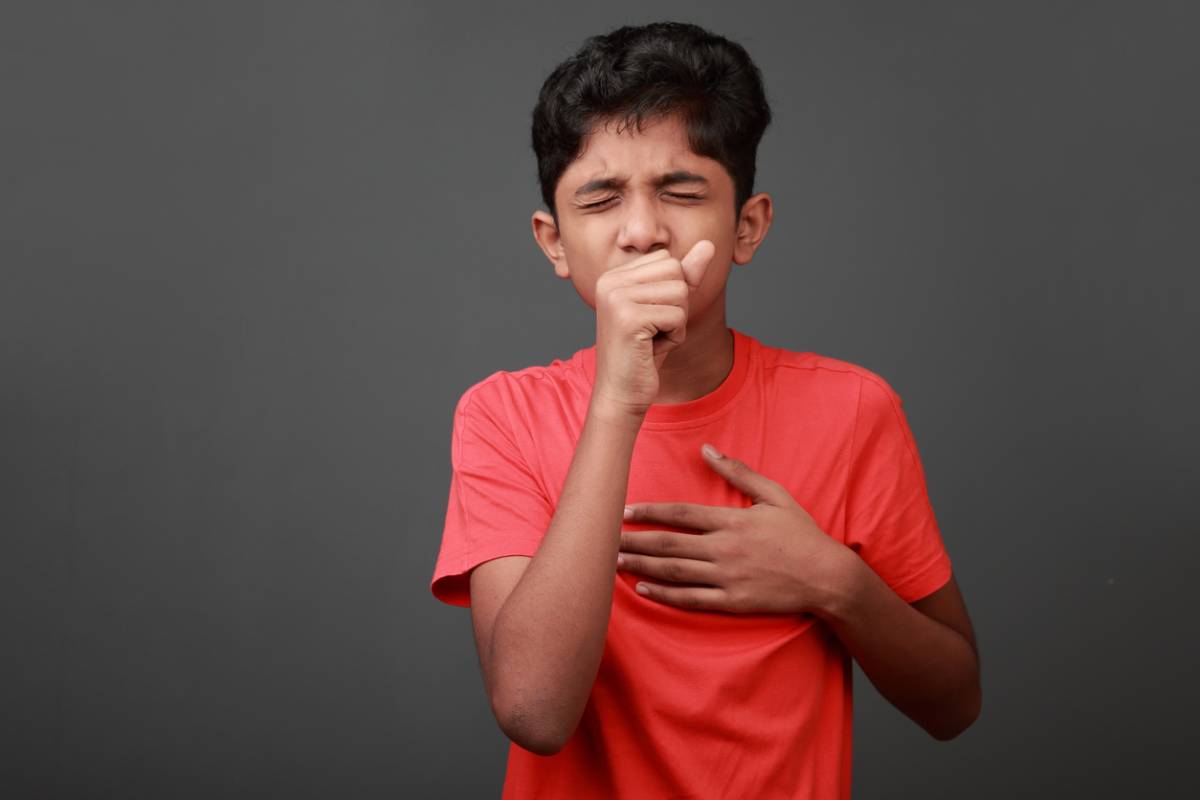As a parent, it can be difficult to watch your child struggle with breathing issues. While there are plenty of preventative measures you can take to keep your little one from experiencing asthma, it is also important to know exactly what to do when your child has an asthma attack. Staying prepared is better than having to get prepared in times of emergency. Below we cover what to do when your child has an asthma attack.
What to Do When Your Child Has an Asthma Attack
Today, experts from the office of your local asthma doctor will talk about some of the immediate steps you can take if your child starts to go through an asthma trigger. The most important thing to remember is that you shouldn’t panic! By knowing what to do ahead of time, the moment won’t seem as scary.
Get to Know Your Child’s Triggers
You may be able to make a connection between your child’s symptoms and certain environmental factors that may be triggering these symptoms. Oncoming symptoms can be fast, so you need to act even faster to help your child through this episode of asthma. Some of the most common oncoming symptoms include:
- Tightness in the chest
- Sudden fatigue or complaints of being tired
- Itching in the neck and throat
- Coughing, wheezing, or gasping non-stop
- Shortness of breath
- Headaches and sinus aches
Your child might start to feel anxious or act as though they are having a panic attack. This is because feeling these symptoms is a scary experience, so it’s best to focus on reducing them right away.
Use the Proper Treatment Methods
If your child has been diagnosed with asthma already, then they probably have an emergency inhaler to help them in times like this. Make sure your child knows how to properly use the inhaler, helping them administer it properly if you need to. There are a few other things you can do to reduce their symptoms after an asthma trigger.
While you wait for emergency asthma assistance from your doctor, you can also keep your child calm by having them breathe in hot steam. This will help any tightened airways loosen back up, making it easier for your child to breathe. Once they have calmed down a bit, give them a cough drop or a breath mint, which can get them to stop wheezing.
Practice Daily Hygiene
Another way to prevent oncoming asthma triggers is to engage in daily health habits. Your child should have a peaceful home life filled with opportunities to relax and stay healthy. Give them a balanced diet, and make sure they are breathing clean air that has filtered out dangerous pollens. Kids with extra-sensitive asthma triggers might be able to reduce oncoming symptoms by running a humidifier at night.
It is never a bad idea to have emergency numbers on hand in case none of the above treatment methods help your child in the moment. Make sure you are in good communication with your child’s leading sleep doctor as well as an urgent care facility that can handle your child’s needs at any time of the day or night.
Create Your Child’s Emergency Asthma Plan Today
By preparing as early as possible, you have the best chance of preventing your child’s asthma triggers. We welcome you to schedule an appointment with our trusted pediatric pulmonologist in Staten Island so you and your child can create an effective plan of care. That way, you will both be prepared in case your child starts to experience the symptoms of an asthma attack. Don’t panic, and don’t worry. There are many ways to control and remove asthma triggers from the home so your child can have a healthy and happy life.

